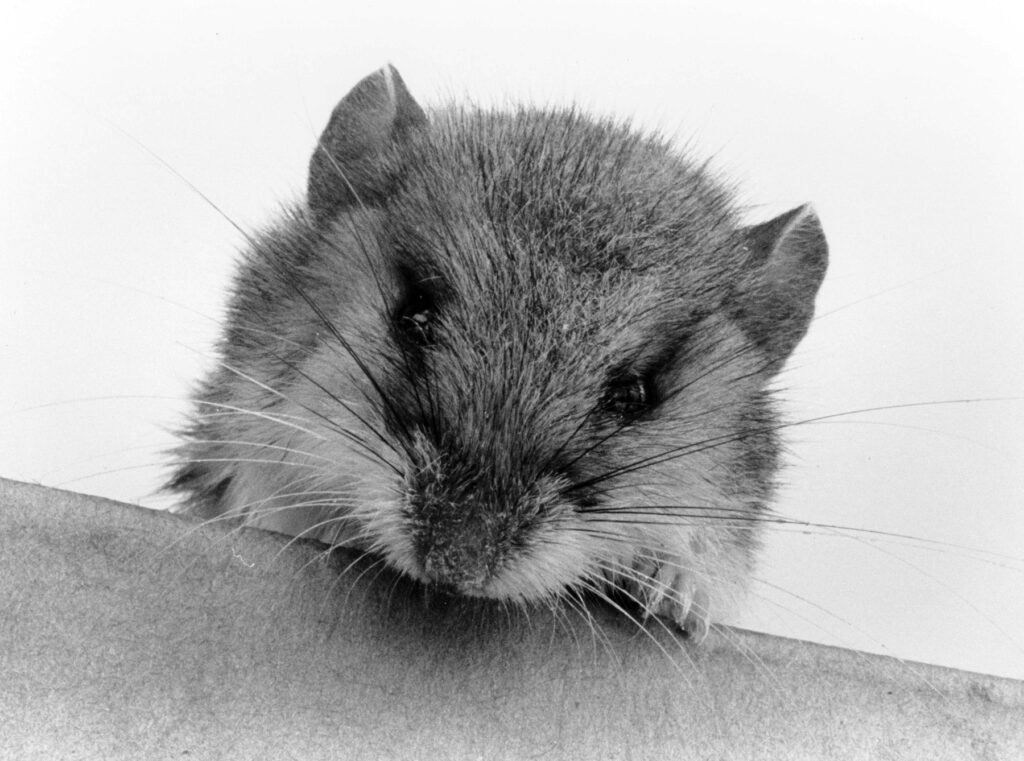In the ever-evolving symphony of climate change, some of Earth’s creatures are orchestrating their own adaptation ballet—enter the realm of animal shapeshifting.
While the fantastical world of werewolves and vampires remains the stuff of fiction, our non-fictional counterparts in the animal kingdom are undergoing tangible transformations. Picture this as a kind of “evolutionary wardrobe change.” Forget capes and fangs; instead, think of beaks, tails, legs, and ears taking center stage with their dynamic alterations.
In the aviary domain, we find the Australian parrots showcasing a beak extravaganza, boasting up to a 10% increase in size. This is not your typical magical metamorphosis; it’s the real-world response of our feathered friends to a changing climate. Meanwhile, in the mammalian realm, longer tails, legs, and ears are becoming the new fashion statement—nature’s way of adapting to the rhythm of environmental shifts. As the planet heats up, these animals are rewriting the script of survival, proving that, in the grand theater of life, adaptation takes many intriguing forms.

How does this tie into climate change
In the fascinating world of nature’s dance, animals are taking center stage as the Earth warms. Picture it as a ballet where creatures adapt to control their body temperature, and the size of their body parts plays a key role. This phenomenon, known as ‘Allen’s rule,’ showcases how those with larger appendages are like skilled performers, effectively cooling down and adapting to a changing climate. It’s a beautiful connection between how they look and how well they cope with environmental shifts.
Enter Sara Ryding, a researcher from Deakin University in Australia. She recently shared her insights in the scientific journal Trends in Ecology & Evolution, turning the spotlight not just on temperature regulation but also on a potential quirky future. According to Ryding, it’s not just about limbs; even ears might grow larger. Imagine a world where animals sport big ears, like a live-action Dumbo. It’s a whimsical idea that challenges our usual expectations about evolution.
But Ryding’s work goes beyond scientific curiosity. She invites us to think beyond our human-centric view of climate change. Animals, she points out, are also grappling with adapting to a rapidly changing world, a process that’s happening much faster than the usual slow pace of evolution. It’s like they’re trying to keep up with a fast-paced dance routine.
In the short term, adapting seems like a positive response. It shows the incredible flexibility of life in dealing with changes in the environment. However, Ryding introduces a note of caution when looking into the future. Can adaptation alone ensure the survival of every species as the climate continues to shift? This question echoes concerns about losing different kinds of plants and animals, reminding us of the delicate balance of nature.
In the melody of Ryding’s research, we hear not just scientific discoveries but a unique story. It’s a narrative that encourages us to marvel at how life adapts, urging us to see climate change not just as a scientific puzzle but as a real-life drama. This drama unfolds with every change in an animal’s features, every twist in the evolutionary tale, and every resilient heartbeat in the grand theater of life on Earth.
Unveiling the Way Forward
While the whimsical image of mice sporting elongated legs and Dumbo-like ears sparks imagination, the real key to ensuring the well-being of animals is the reversal of human-induced climate change. Here, we explore distinctive individual-level changes that can contribute to this crucial endeavor.
